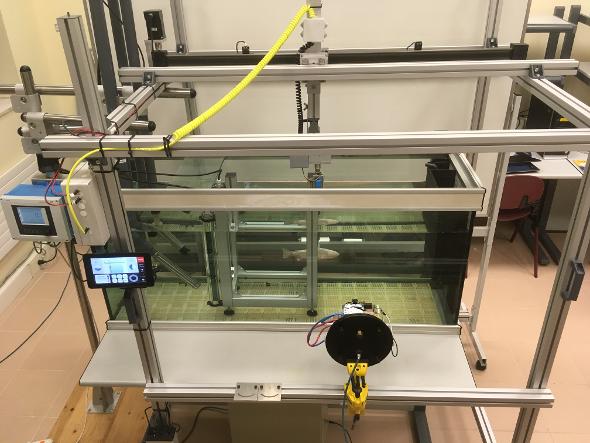International Partner Search
Innovation & Technology Offer
Biomass detection system in aquaculture based on optical sensors and neural networks
Country of Origin: Spain
Reference Number: TOES20190917001
Publication Date: 17 September 2019
Summary
A Spanish university has developed a system for estimating the biomass in aquaculture. The estimation is made through the use of optical sensors and neural networks to establish the optimum amount of biomass in intensive aquaculture facilities with the smallest possible margin of error. Also, the fish count is especially indicated in the case of rivers where it is needed to have control of the fish population. Aquaculture companies are sought to develop applications under license agreements.
Description
In aquaculture, the food costs represent approximately 45% of the operating costs. Thus, the reduction of food costs is essential to achieve the sustainability of such industry, existing great potential both in the reduction of food costs per unit and through the adoption of appropriate food management strategies. The present invention solves typical technical problems in estimating biomass (variable fish speed, low resolution or measurement errors in the calculation of the weight and height of the fish) through the use of new high-resolution optical systems, low-cost electronics and algorithms with neural networks.
Researchers from a Spanish university working in electronic engineering provide a novel biomass estimation system in aquaculture based on optical sensors and neural networks comprising two identical optical barriers. Each of these barriers comprises a first emitter block of photoemitters in the infrared spectrum and a second receiving block of photoreceptors in the infrared spectrum and also means for identifying the fish by radiofrequency, in such a way that a unique identification of each fish occurs when passing through the optical barriers thanks to a radiofrequency identifier. A subsequent classification of the fish identified will be done through neural networks.
The researchers would like to reach license agreements with companies operating in the aquaculture field with the aim to develop applications of the described technology.

Advantages and Innovations
- Through 2D image processing, the system of the invention allows to identify the fish even when they pass in groups of two or more, and also to differentiate them from other objects.
- The system of the invention uses a high-resolution optical system, and due to current smaller and more powerful technology, the optical transmitters and receivers can be placed at a smaller distance from each other and thus obtain a more real fish profile.
- Real time measurement. By incorporating radio frequency (RFID), the system of the invention makes possible to identify at every moment the fish that is going through the barriers. This novelty provides a substantial improvement in the estimation of biomass, since it allows knowing in real time the biomass present in the cage and, depending on it, managing online the automatic feeding system.
- Through the use of neural networks, the system allows the unambiguous identification of the object that passes through the barriers, discarding false positives.
Stage Of Development
Available for demonstration
Stage Of Development Comment
Technology validated in a relevant environment (i.e. the basic technological components have been integrated together with real elements to be analyzed in a simulated environment. There is a “high fidelity” prototype).
Requested partner
Type of partner sought: Industry.
Specific area of activity of the partner: Companies that operate in the aquaculture field.
Task to be performed: Development of applications of the described invention under license agreements.
Cooperation offer is closed for requests
